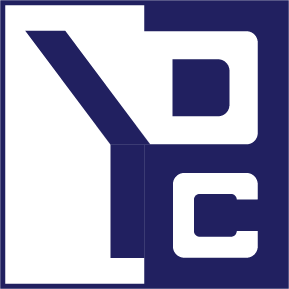<Disclaimer>This is personal notes of what I retained during the session. This can be incomplete, partially right or wrong. It is just part of the notes I took and what retained my attention. Nothing prevents the user to get more information on their favorite web site.</Disclaimer>
Technology is only 20% part of the success and it is really easy to make mistakes. Because of no policies, no training (not only class training, but just-in-time training). Don’t let your users managing the security, security is difficult to understand for end-users. SharePoint IS an enterprise application and information is the enterprise’s asset. So, it is very important to plan your SharePoint implementation.
If no governance, no rules, someone can get hurt. Guidelines are the road-signs for directions.
Ten steps in a governance planning (not all are absolutely necessary) : Identify an inclusive team, Frame decisions, determine your deployment model, define a clear vision, roles and responsibilities identification (including writing the job descriptions), develop guiding principles, decide your organization comfort level with social computing, policies and guidelines (or best practices) definition, documentation of the plan (but be careful to keep it small, no one ready a 100 pages document), and finally socialize and promote your implementation if we want to have an acceptance of the governance.
First the team should have to power to take decisions and should not be bigger than 4-5 people. Let the people discussing each topic of the governance, one topic per meeting. Then, in a second step, engage more people from IT, HR, Communications, etc. This has to be done before the roll-out.
Framing decisions : who creates sites, manage navigation, how much users can design (for example, don’t let them use SharePoint Designed until they are trained). Who controls the branding ? Who managed metadata, security ? What is the default access ? What happens when people does not comply to the governance ? Who maintain the governance plan ? Because it will change afterwards.
Determine your model : basically, how the solution is organized. Normally, the more public the information is, the tighter the control should be. When dealing with department specific (private) information, there can be less control. Do not take the default MS team site and give it to the users ! Looser control can be applied to team site and no governance on My Sites.
Establish a clear vision : It is the “why??? of the governance plan. Why to have and apply a governance plan. It is composed of business goals (can be simple and a single phrase).
Roles and Responsibilities : Tasks must be in the job description of the people involved in the team. Don’t assume you have the resource internally. Typical roles are Executive Sponsor (normally the CEO), the Steering Committee, the Business Owner, the IT Solution Administrator (they must not own the solution, so they cannot be the BO), technology support, power users to train or help the users, metadata manager (should be coming from an information science background).
As a best practice, the roles that we can have are Communications, Training (training people should be very involved in the governance planning definition), because the training will already tailored by the governance. Change Management / Adoption, Center of Excellence (coaches to help users to get started).
Site Roles : site sponsor / owner (who has to be clearly visible on the pages in case of need for contact), site designer, site steward for day-to-day management and security monitoring, member and visitors. The Owner is accountable, but we’re all responsible !
Develop Guiding Principles example : No more email attachments, rather, send links to document.
Think about Social Computing : Only one good reason : if you have a business problem to solve. So, the business problem has to be identified first with use cases, define your governance plan and prepare your communications plan. No anonymous content. My Sites, what is comfortable, legal.
Define Policies and Guidelines : policies are rules, guidelines are more best-practices. They have to be published somewhere where it is easily findable.
Document the Plan : it has to be “consumable???, up to date and in context. Target the sections (short) to specific audiences. It can be supported by supplements, like quick cards.
Socialize and Promote : always communicate, be responsive to feedbacks.

0 Comments